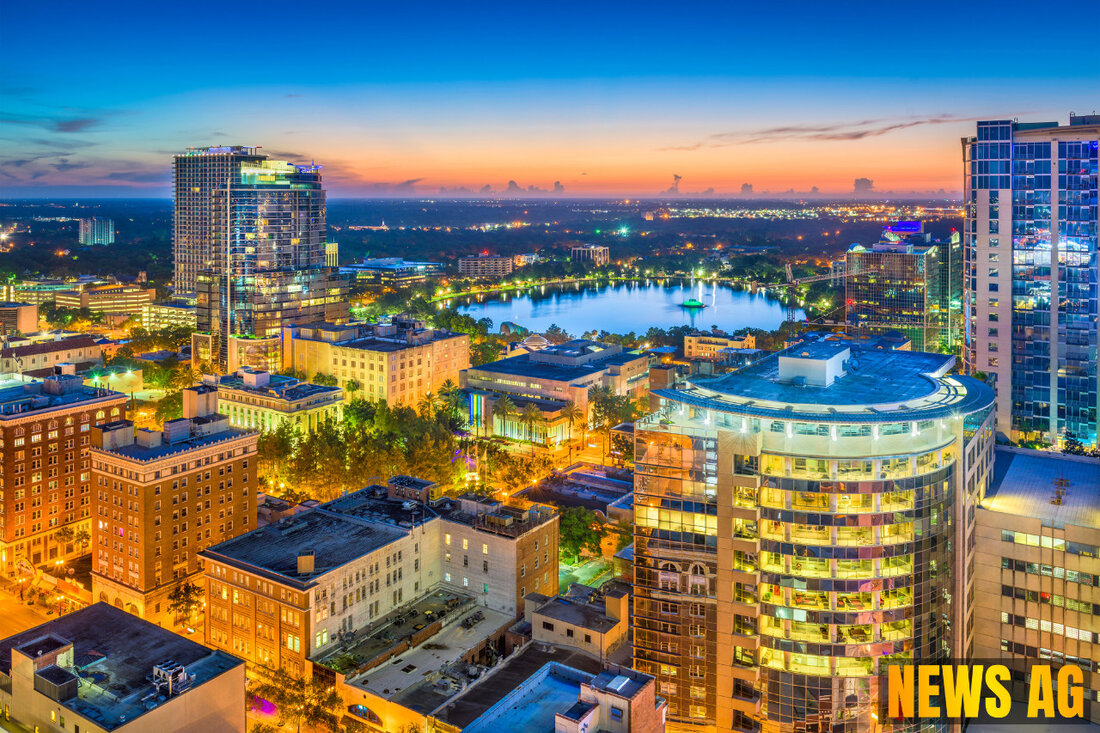Daytona's Checkered Flag Crosswalks Up for Repaint as Debate Sparks
Explore the recent removal of crosswalk art in Daytona Beach, highlighting state policies and community reactions following the Pulse tragedy.

Daytona's Checkered Flag Crosswalks Up for Repaint as Debate Sparks
Under the bright sunshine of Daytona Beach, a controversial wave of change is brewing as Florida moves to standardize its crosswalk designs. Members of the media are scheduled to walk through the solemn site of the Pulse nightclub, where a horrific mass shooting took place in June 2016, claiming 49 lives. Yet amidst this remembrance lies the issue of decorative crosswalks, like the iconic checkered-flag designs near the Daytona International Speedway, which are soon to be removed. This decision follows the contentious elimination of a rainbow crosswalk that honored the victims of the Pulse tragedy, casting a shadow over the community’s quest for inclusivity and remembrance.
As outlined by News-Journal Online, the removal stems from Governor Ron DeSantis’s interpretation of a state law that prohibits using roads for messaging. In an effort to enforce uniformity, the Florida Department of Transportation (FDOT) informed Daytona International Speedway officials of plans to repaint these beloved crosswalks. However, city spokeswoman Susan Cerbone remarked that Daytona Beach has yet to receive any formal notification regarding this action.
Art or Safety?
The mixed messages from the state government raise questions about the true intent behind these removals. With the checkered-flag crosswalks strategically located at a site bustling with NASCAR fans during big events, it’s clear they add more than just flair; they increase visibility and safety. Nick Ducharme, advocacy director for Volusia Pride, voiced strong opposition to the policy, calling it a „ridiculous way to look at the world.“ He emphasized how these artistic touches not only serve as memorials but also enhance pedestrian safety—an argument echoed widely among supporters of the removed rainbow crosswalks at Pulse.
The removal of the rainbow crosswalk outside the Pulse nightclub was a heart-wrenching blow to the community, with local residents and LGBTQ+ advocates swiftly initiating grassroots campaigns to restore it. These crosswalks originally painted in 2017, celebrated the lives lost in the tragic shooting. The overnight disappearance of its vibrant colors sparked outrage from Orlando Mayor Buddy Dyer, who labeled the action a cruel political move. Democratic state Senator Carlos Guillermo Smith echoed this sentiment, condemning the removal as a „cowardly abuse of power“ and a betrayal to the community.
A Broader Context
The reaction isn’t isolated to Daytona Beach or Orlando. Across Florida, cities are grappling with similar orders for rainbow crosswalks to be painted over. As reported by AP News, multiple municipalities face deadlines to remove these symbols of pride and progress. Miami-Dade Mayor Daniella Levine Cava openly expressed her outrage over the directive, arguing that these crosswalks symbolize unity and love, collective values that transcend the political narrative.
The roots of this mandate can be traced back to a directive from U.S. Transportation Secretary Sean Duffy, who emphasized prioritizing road safety over political symbols. Governor DeSantis’s backing of this directive adds another layer of complexity, raising concerns among residents about the administration’s stance on LGBTQ+ rights. Critics assert this is just one aspect of a broader anti-LGBTQ push, with a growing number of activists like Rand Hoch, founder of the Palm Beach County Human Rights Council, labeling these actions unfair to the community.
As the state marches forward with plans to erase symbols of resilience and remembrance, the question remains—what message does this send to the citizens of Florida? For many, it goes beyond just paints and colors; it encapsulates a moment in history and a commitment to community spirit. How will Florida respond as the voices for dignity and inclusion grow louder? Time will tell, but one thing’s for sure: there’s something to be said for those who stand up for their right to remember.

 Suche
Suche
 Mein Konto
Mein Konto